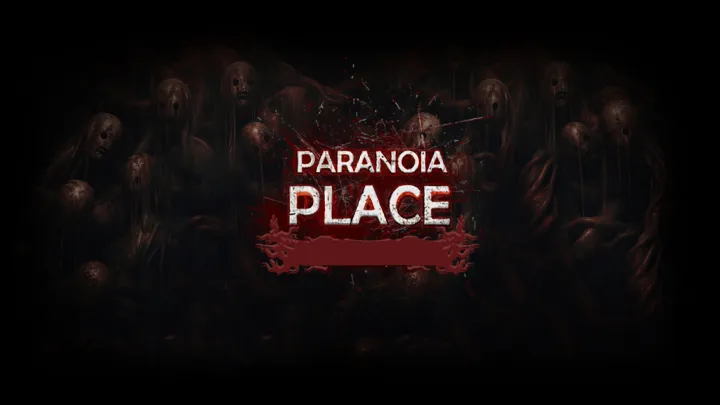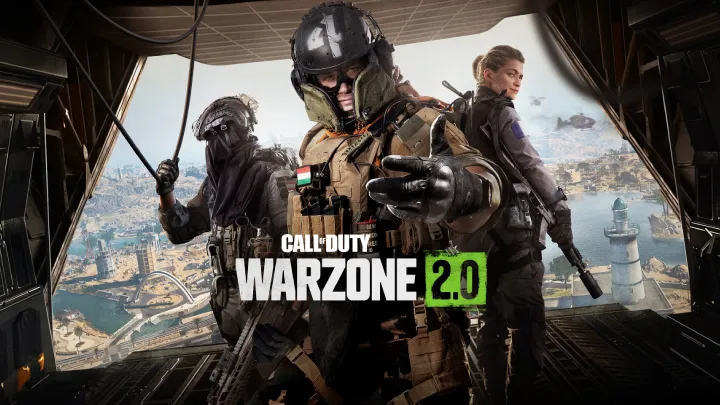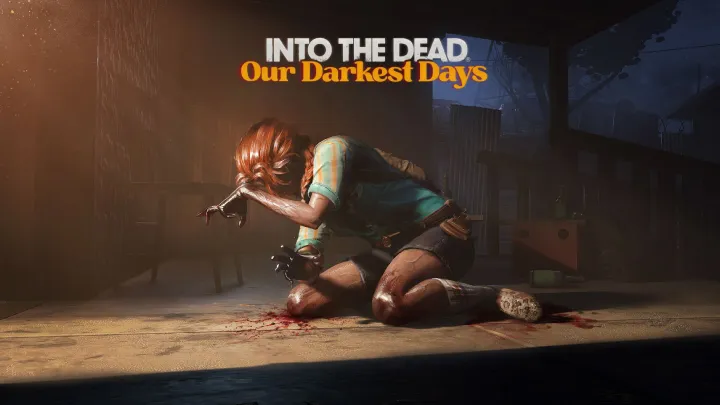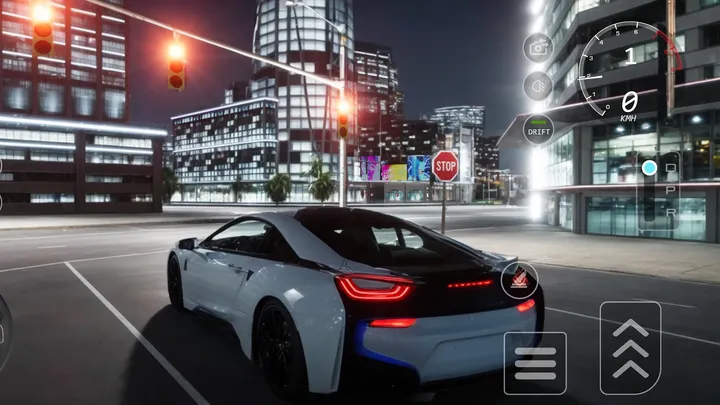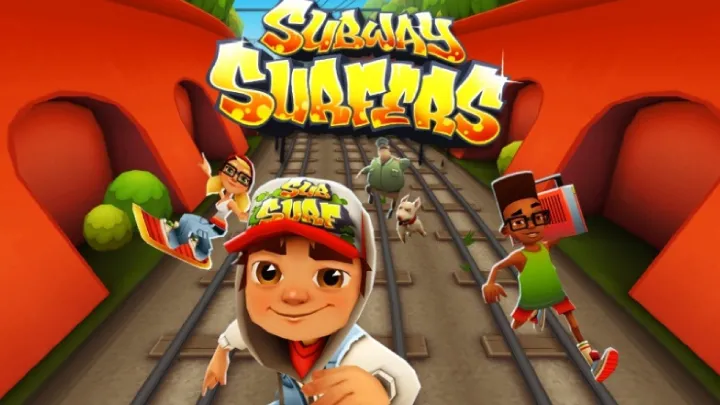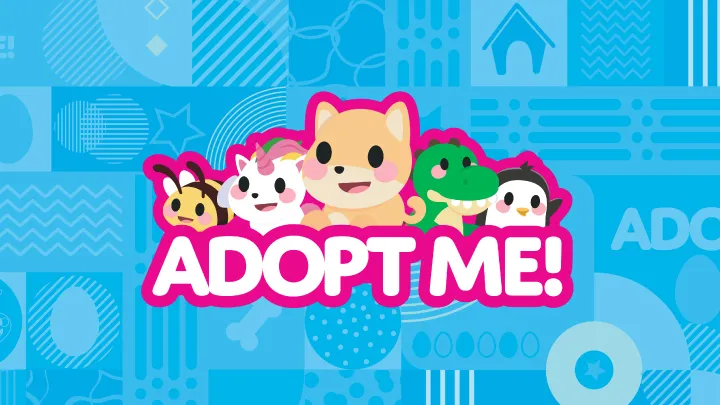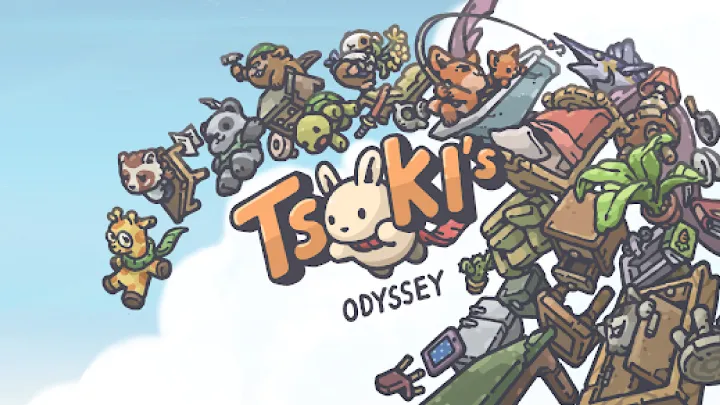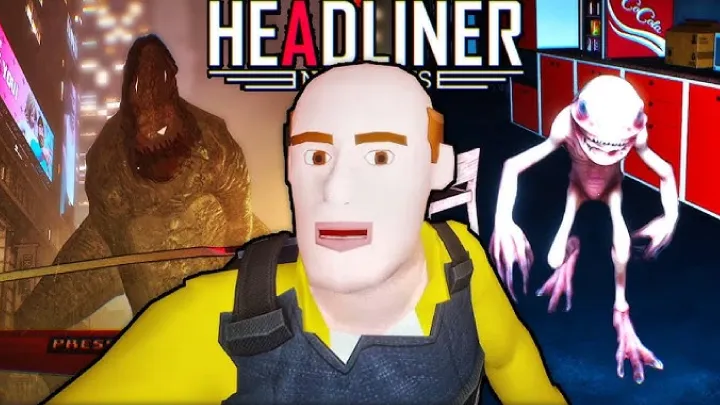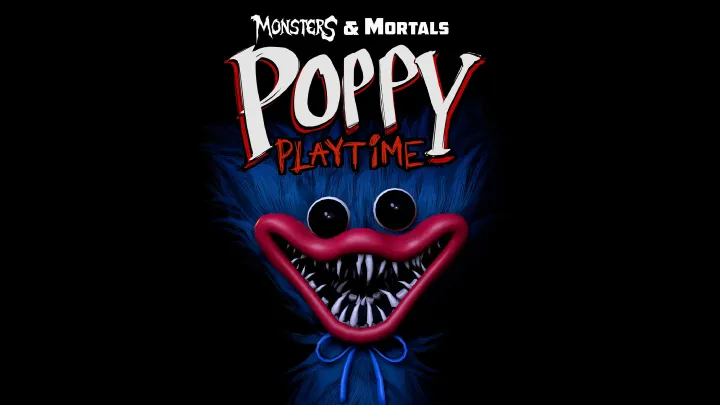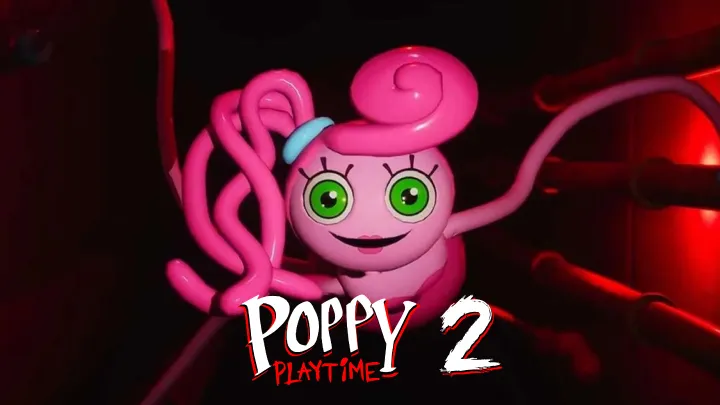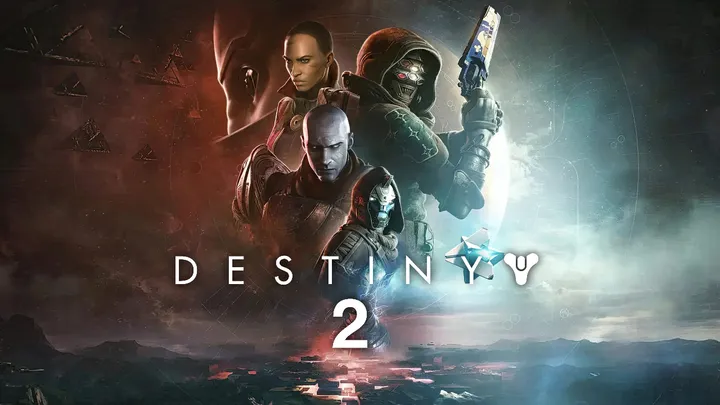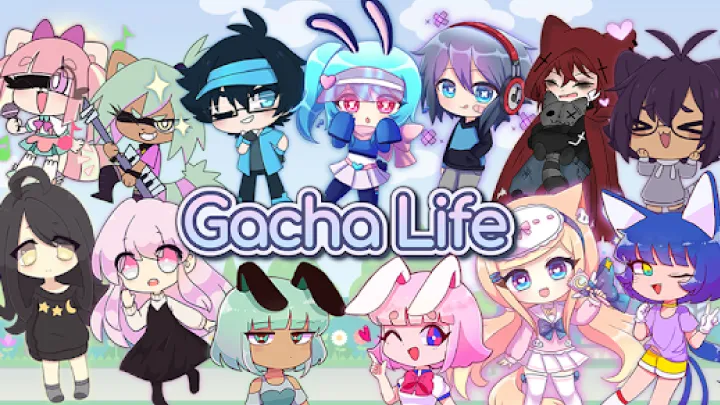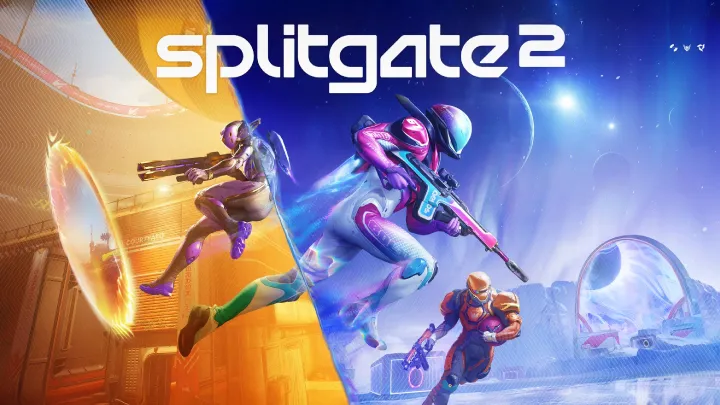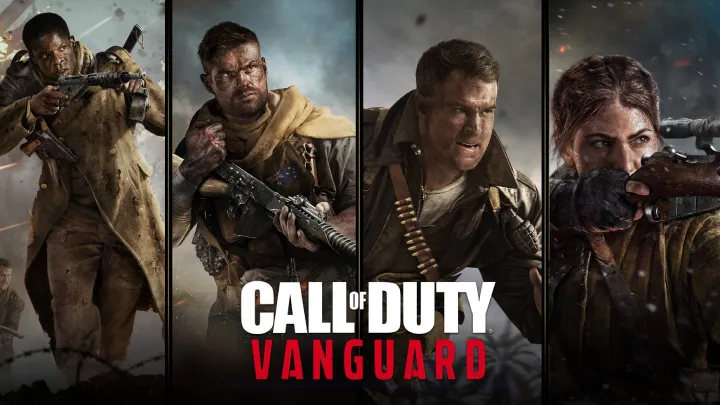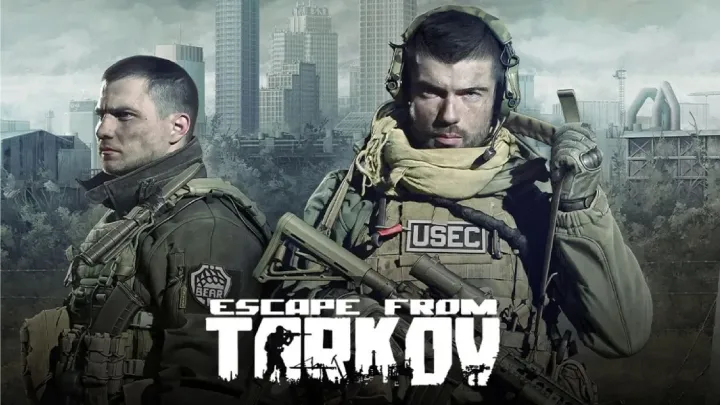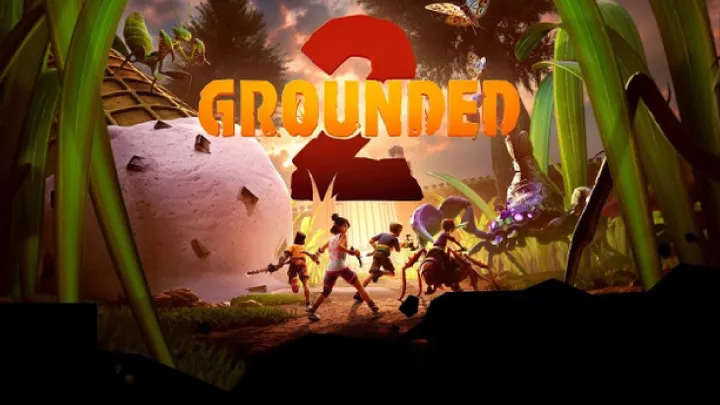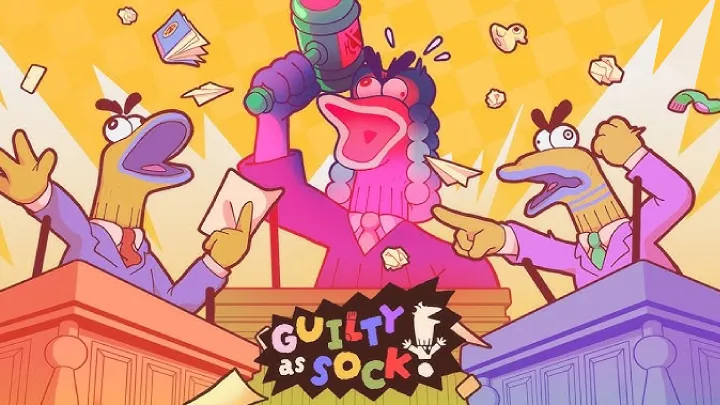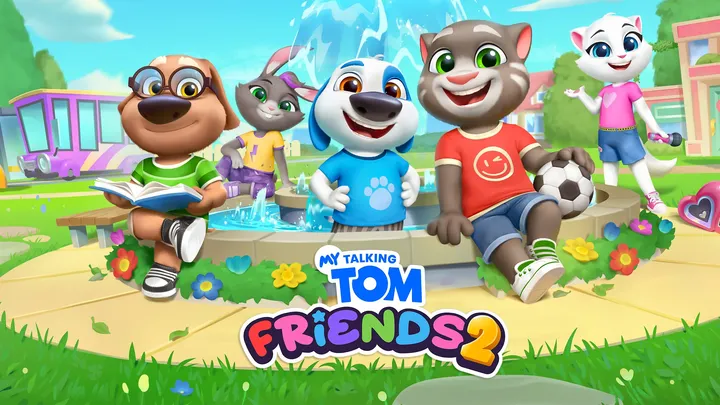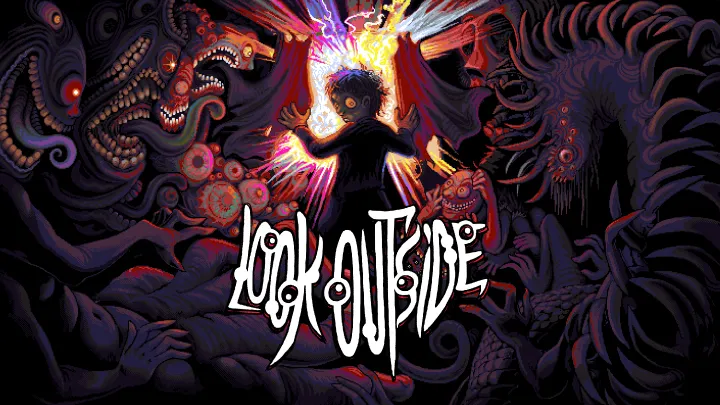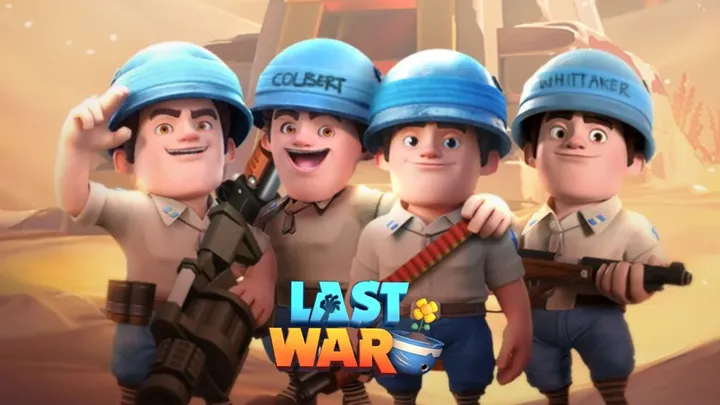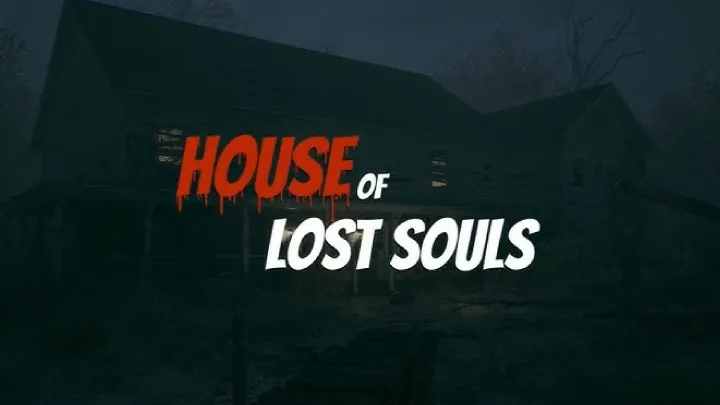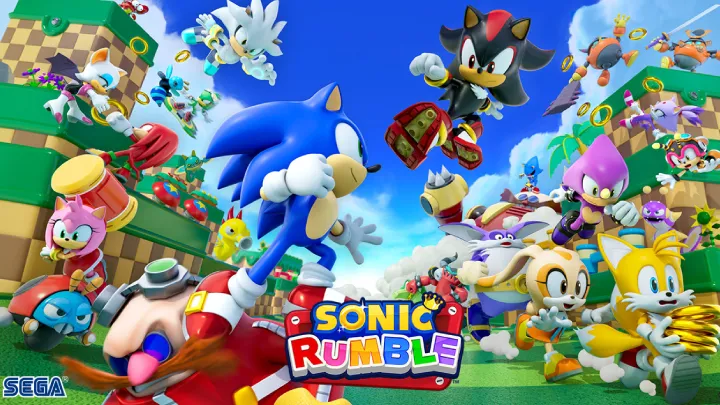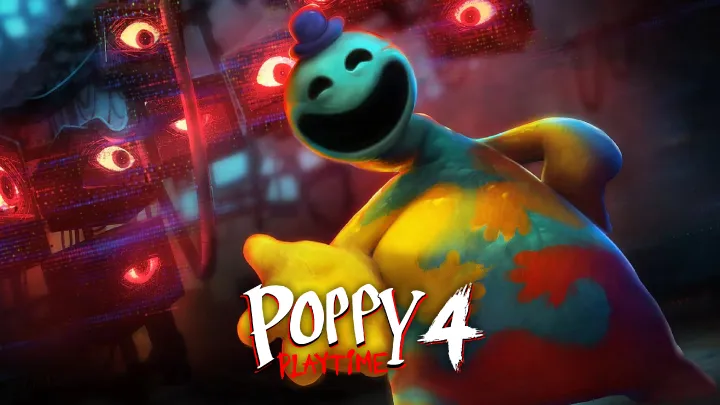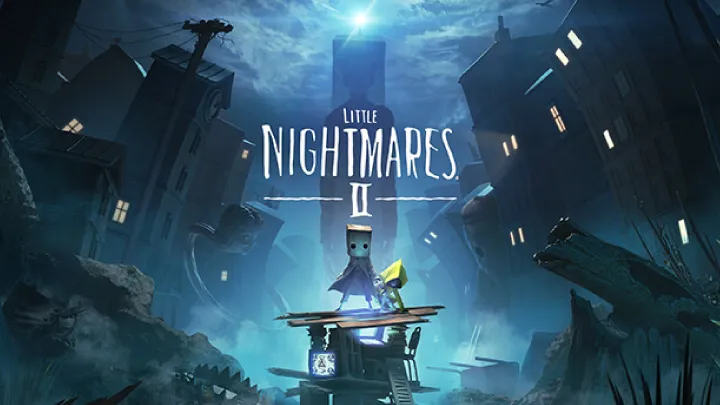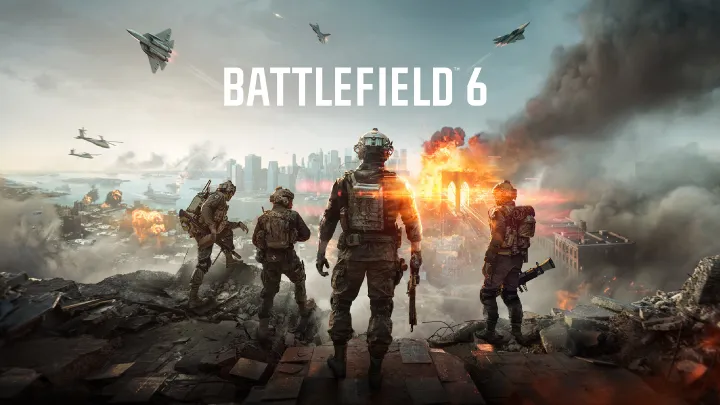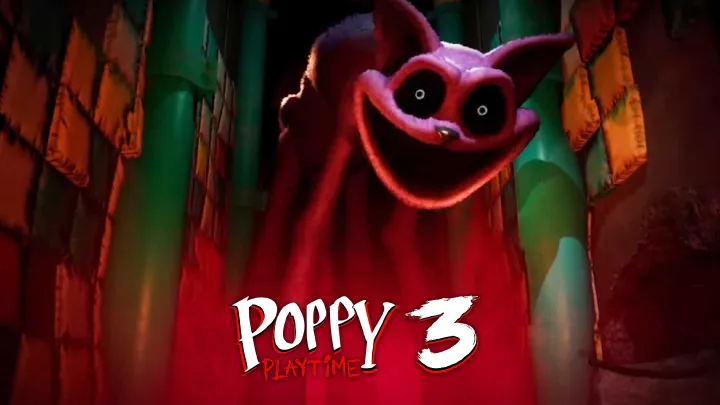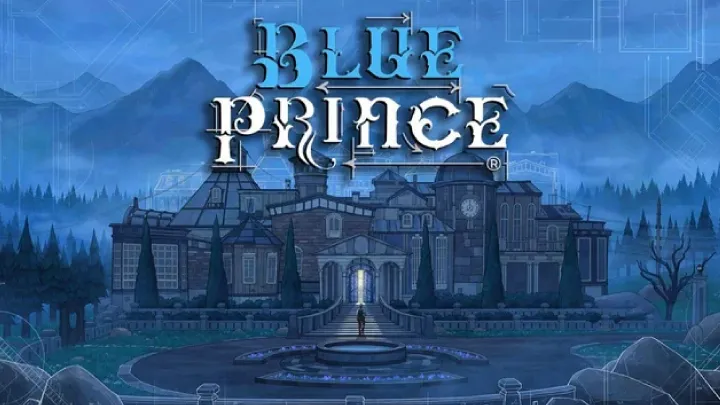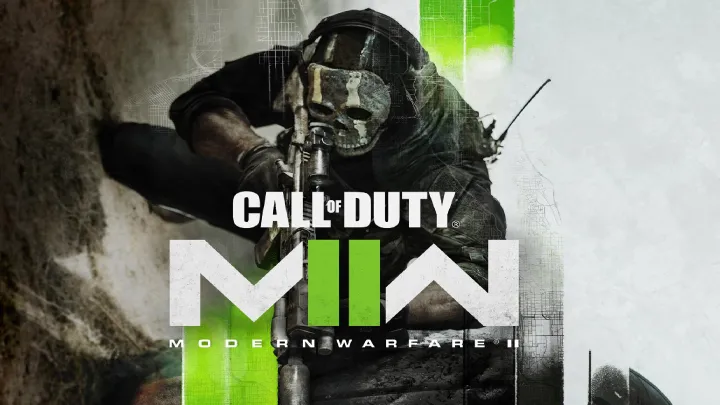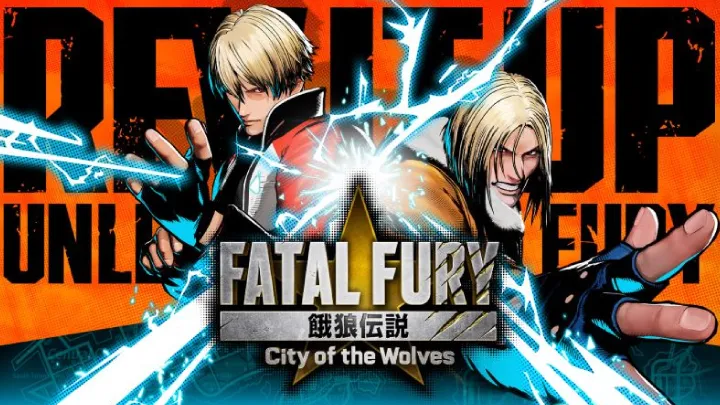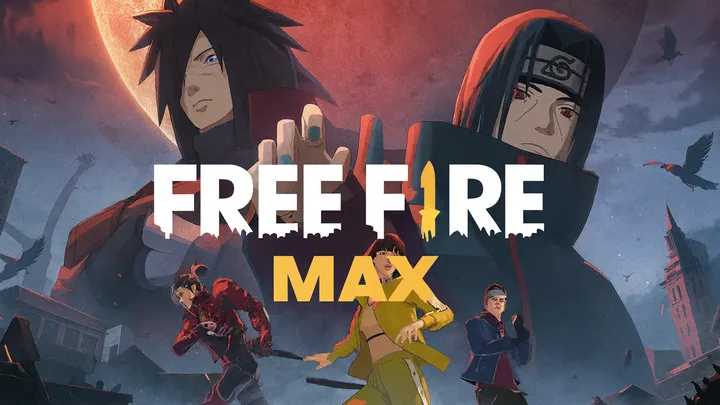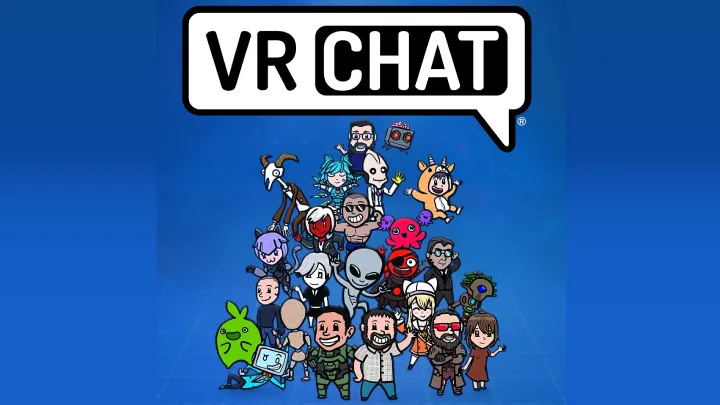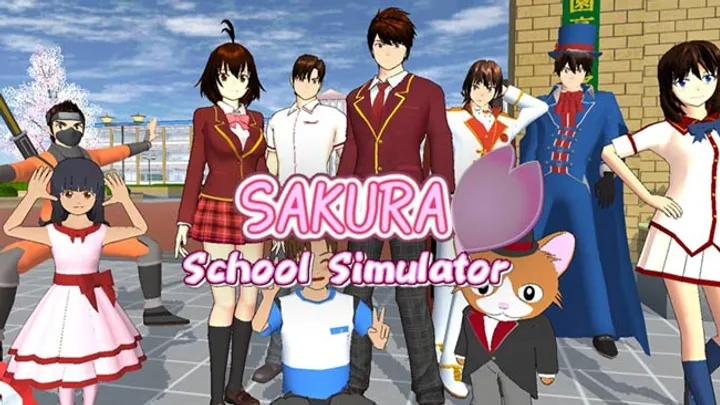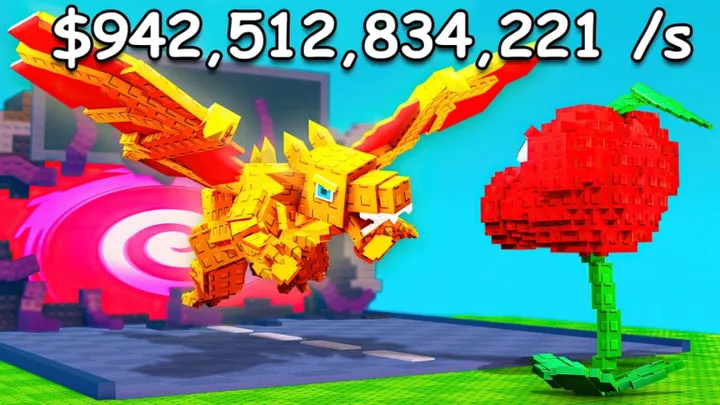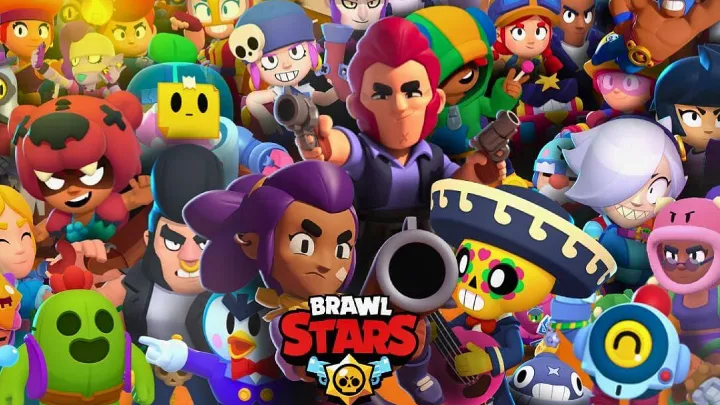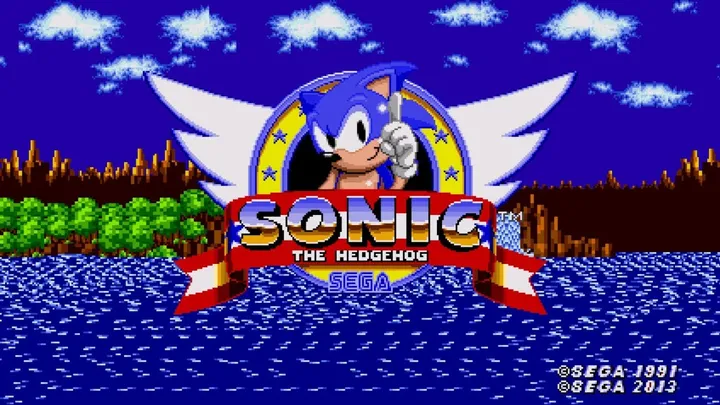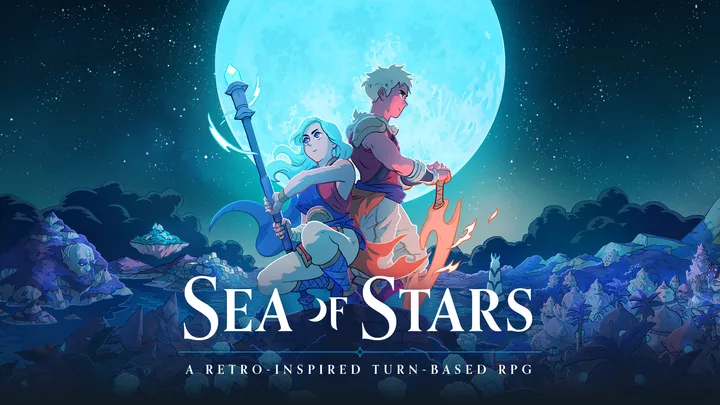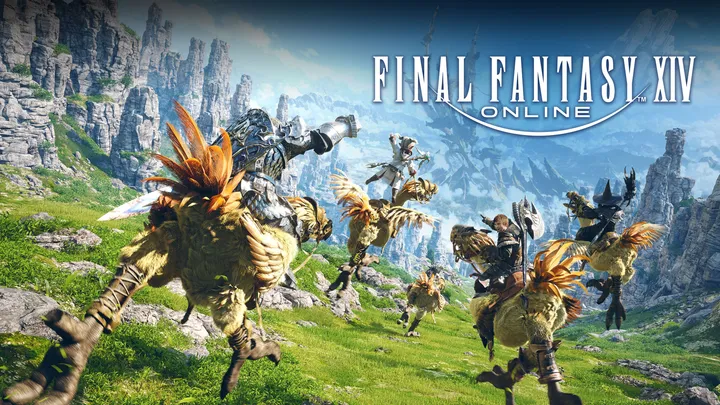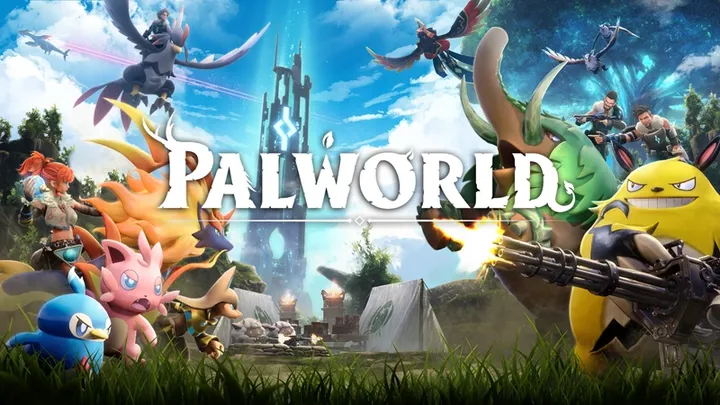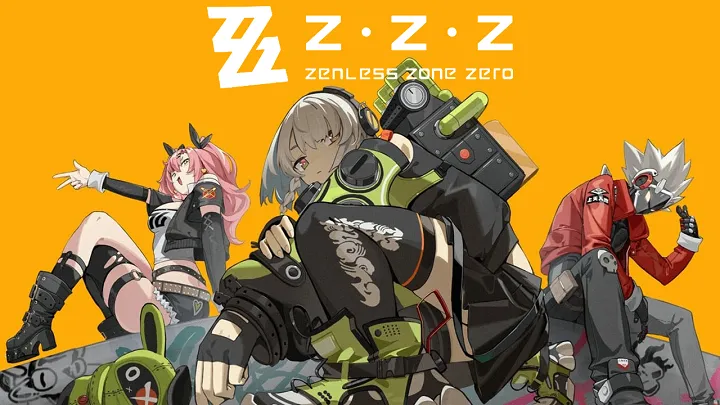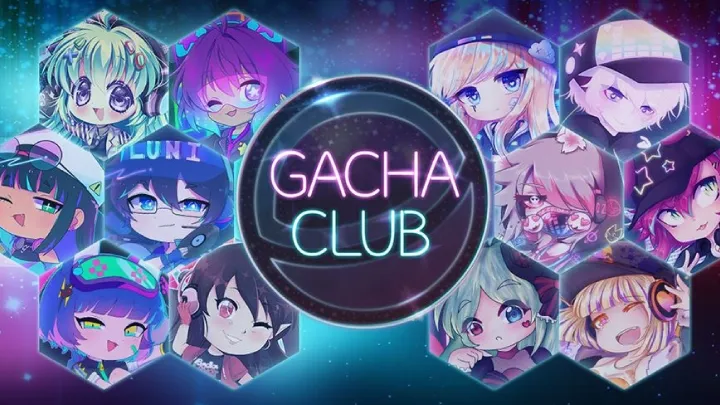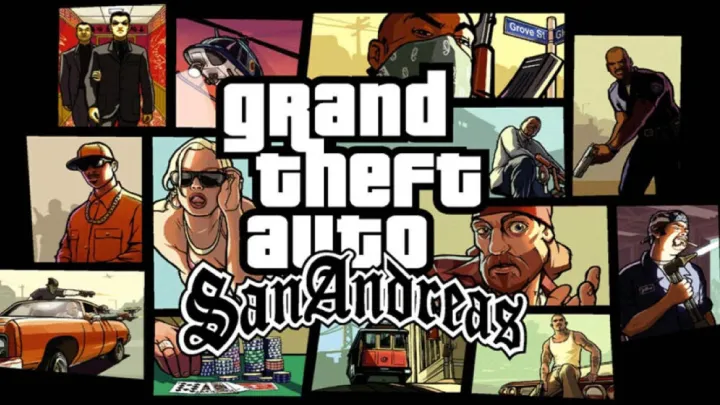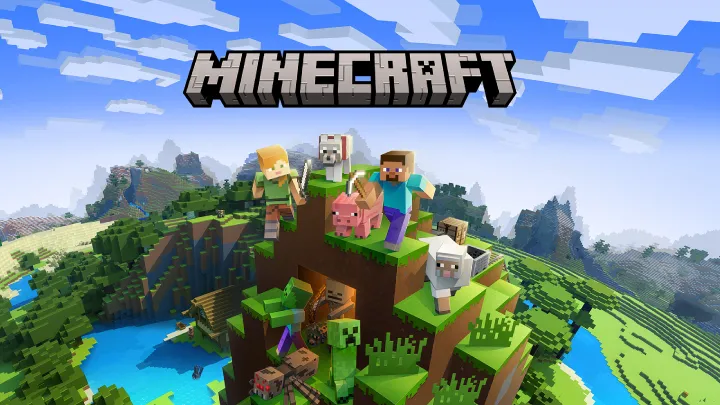Introduction
Monument Valley, developed and published by ustwo games, released on April 3, 2014, for iOS, introduces a serene yet captivating puzzle adventure that blends optical illusions with minimalist design. Players guide Princess Ida through a series of surreal, Escher-inspired monuments, manipulating architecture to uncover hidden paths and solve gentle puzzles. Priced at $3.99 at launch, it quickly became a critical darling, earning accolades like the 2014 Apple Design Award and Apple’s Best iPad Game of 2014, showcased in player-shared screenshots and reviews from its early days. Early feedback praised its art direction and relaxing gameplay, though some noted its brevity and lack of challenge. This review explores its narrative, world, gameplay, and technical execution to assess its enduring appeal as a mobile masterpiece.
Narrative & Storytelling
Monument Valley crafts its narrative through a subtle, player-interpreted storyline that emerges through exploration and visual cues. Players follow Princess Ida on a journey of forgiveness, with the story unfolding through minimal text, environmental symbols, and encounters with the enigmatic Crow People. The narrative arc centers on resolving a personal quest, with key moments—such as placing a geometric piece or outsmarting obstacles—adding a sense of quiet triumph. These moments foster a meditative introspection, evolving from simple navigation to a reflective resolution.
However, the lack of a detailed plot might leave some wanting a richer storyline, as the experience relies on emergent narratives—personal interpretations, puzzle solutions, or emotional resonance—that depend on player imagination. The storytelling excels in its poetic simplicity and atmospheric depth, though its engagement hinges on the participant’s appreciation for abstract storytelling, making it a poignant experience for those who cherish its understated charm.
World & Environments
The world of Monument Valley centers on a collection of hand-crafted monuments, featuring ethereal landscapes like floating castles, geometric temples, and impossible staircases, rendered with a minimalist, pastel aesthetic. The environments shift with each level—rotating platforms, shifting perspectives, or glowing pathways—enhanced by interactive elements like movable bridges and hidden passages, creating a dynamic backdrop. Sound design, with gentle chimes, ambient tones, and interactive audio, builds an immersive atmosphere, while visual effects like color transitions or optical illusions add artistic variety.
Yet, the focus on fixed levels might limit environmental evolution over time, as the emphasis remains on puzzle spaces rather than expansive exploration. The design prioritizes a tranquil, evolving setting, which could feel restrictive for players seeking broader worlds. Community feedback celebrates the visual elegance and audio harmony, though some note the lack of additional content, suggesting a world that thrives in beauty but may benefit from expansion to sustain replayability.
Gameplay Mechanics
Core Loop
The core loop revolves around puzzle-solving and progression, where players navigate and manipulate within 15-30 minute sessions, offering a relaxed rhythm. The cycle of adjusting architecture, guiding Ida, and completing levels drives a compelling flow, encouraging steady play.
On-Field Mechanics
The gameplay hinges on puzzle mechanics, where players use swipes and taps to rotate structures, align paths, and outmaneuver Crow People, with tactical depth added by perspective shifts and hidden solutions. The single-player focus introduces variety, though balance issues with difficulty progression can disrupt flow. The mechanics reward observation and patience, demanding mastery to overcome their subtle challenge.
Mode-Specific Features
The primary mode includes the main campaign with 10 levels, with objectives like reaching the exit or collecting optional collectibles providing goals. Camera mode and replayable puzzles add variety, while achievements offer mild competition. The range of activities caters to different playstyles, but balance adjustments for pacing and content depth lag, a point raised in early feedback.
Progression & Multiplayer
Progression includes completing levels, unlocking art, and earning achievements, balancing effort with aesthetic and personal rewards in a system that feels satisfying based on initial play. The game lacks traditional multiplayer but supports shared experiences through camera mode, though social interaction limits accessibility. The progression element thrives on personal achievement, requiring expansion to enhance longevity.
Technical Execution
Monument Valley delivers a visually exquisite experience with its minimalist graphics, smooth animations, and artistic effects, optimized across iOS with modest requirements. Post-launch updates have addressed stability, with the Forgotten Shores expansion adding content, though occasional glitches like touch sensitivity issues persist. Audio impresses with a soothing score and reactive sounds, though repetitive loops can detract over extended play.
Controls are responsive with intuitive swipes and taps, offering a natural feel on touchscreens, though the lack of controller support limits versatility. Ongoing updates are refining core systems, but initial technical polish suggests a well-executed design. The execution supports the puzzle focus, with visuals and audio as strengths amid minor refinement needs.
Community Feedback
Monument Valley has fostered a devoted community, with early praise for its art direction, relaxing gameplay, and innovative puzzles, though concerns about brevity, difficulty, and expansion costs surface from player discussions. Excitement for its aesthetic and Forgotten Shores content is widespread, but frustration with its short length and lack of replayability persists. Community feedback drove the 2014 expansion, sustaining interest, and player retention remains strong, fueled by its cultural impact and mobile accessibility.
Criticism centers on content depth and cost, with players noting its brevity and a desire for free updates, alongside debates over expansion pricing. The community’s active input shaped additional content, reflecting a group eager to see the game evolve into a more comprehensive experience, with initial App Store reviews showing widespread acclaim.
Final Verdict
Monument Valley delivers a serene puzzle adventure with its stunning art and gentle challenges, celebrating a unique mobile experience. Its aesthetics and audio shine, though brevity and content pose limitations. It’s a must-play for puzzle and art fans, with its legacy enduring despite its concise nature.
